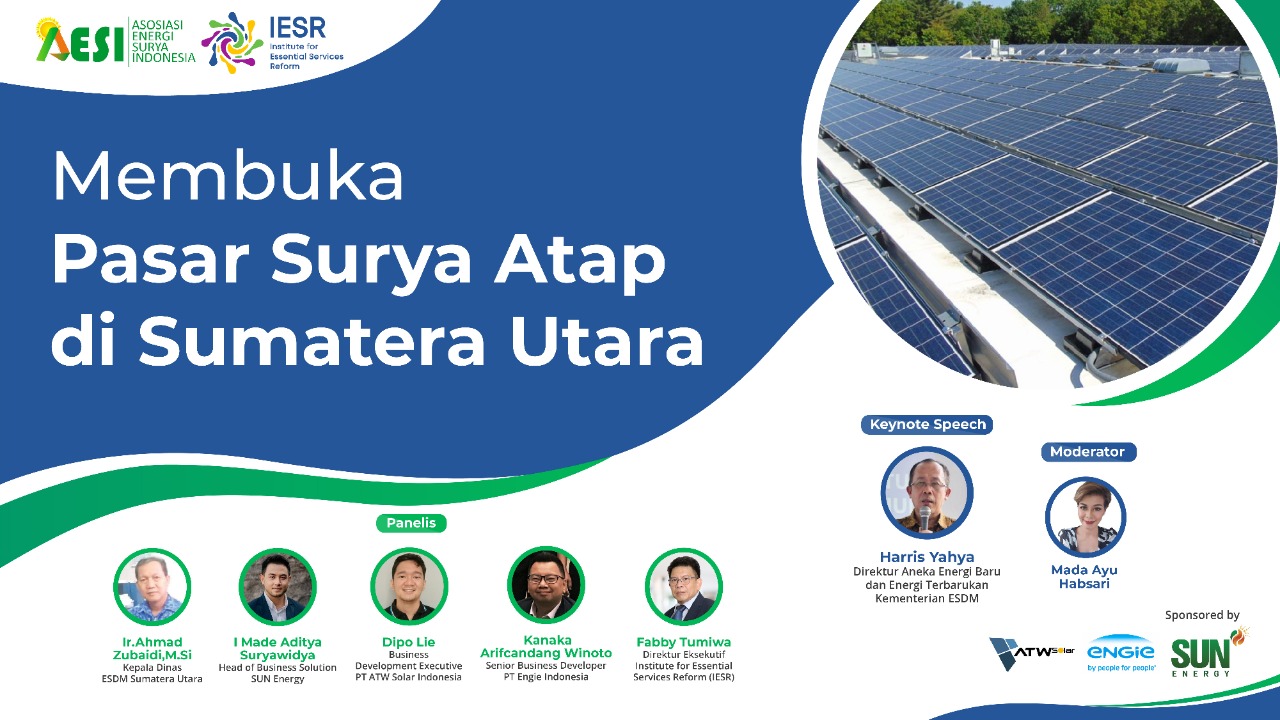KONTAN.CO.ID - JAKARTA. Tak lama lagi pemerintah akan menerbitkan Peraturan Presiden tentang Harga Pembelian Tenaga Listrik Energi Terbarukan oleh PT Perusahaan Listrik Negara (Persero). Salah satu hal yang menarik dari beleid…

The International Renewable Energy Agency (IRENA) reports that renewable energy (RE) has made up the majority of capacity additions for the last eight years. Its progress is in line with…
